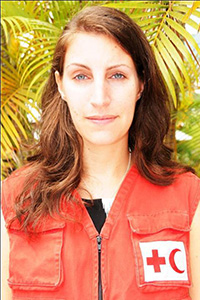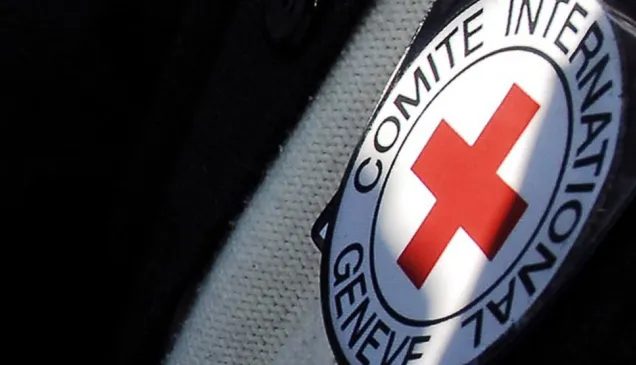Looking at HCiD through a gender lens

Jessica Cadesky is a project manager at the Swedish Red Cross and led the study that resulted in a report titled Access to Health Care during Armed Conflict and Other Emergencies: Examining Violence against Health Care from a Gender Perspective. In this interview she tells us about the findings of the study and what motivated it.
Why did the Swedish Red Cross decide to study the link between HCiD and gender?
We suggested doing this research because we wanted to help the HCiD community of practice and others to develop a more nuanced understanding of the impact of violence against health care, and to move beyond questions about who was most vulnerable. The study also grew out of a joint pledge made at the 31st International Conference of the Red Cross and Red Crescent, by the Swedish government and the Swedish Red Cross, to pursue research into gender and international humanitarian law (IHL), and this of course has many links with the HCiD project.
What is the aim of the study?

The main goal is to provide examples of the usefulness of looking at the issues with gender glasses, that is, how doing so can help us identify and address the challenges affecting access to health care. We decided to look into the specific obstacles and challenges that each group – men, women, boys and girls – faces; we also examined the extent to which gender differences had been taken into account and what impact these differences had on the application of IHL governing health care.
Jessica Cadesky, project manager, Swedish Red Cross
What are your main findings?
First, we found that reliable data disaggregated by sex and age were inaccessible, which makes it very difficult to identify the specific risks faced by men, women, boys and girls. The study draws attention to the ways in which gender might play a role in determining access to health. For example, in both case contexts – Lebanon and Colombia – reaching a health-care facility was particularly difficult for some adult men (health-care providers and health-care seekers) because they were readily assumed to be taking part in the conflict and were therefore vulnerable to threats or attacks. Of course, for a full discussion of all the findings and recommendations, you'll have to read the study report!
What recommendations do you make in the study and to whom are they addressed?
The study provides recommendations for five specific groups: armed actors, State actors, NGOs and the Movement, health-care providers, and community members. The core recommendations are these: collect and share sex- and age-disaggregated data on incidents; use a gender perspective when implementing HCiD-related recommendations; consider how operational decisions might affect men, women, boys and girls differently; conduct further context-specific research with a gender perspective.
We hope that this study will inspire other parties concerned to reflect on the fact that men, women, boys and girls may all experience incidents of violence against health care differently, and on what we can do to ensure that all groups are able to get the health care they need when sick or injured, without adverse distinction.



